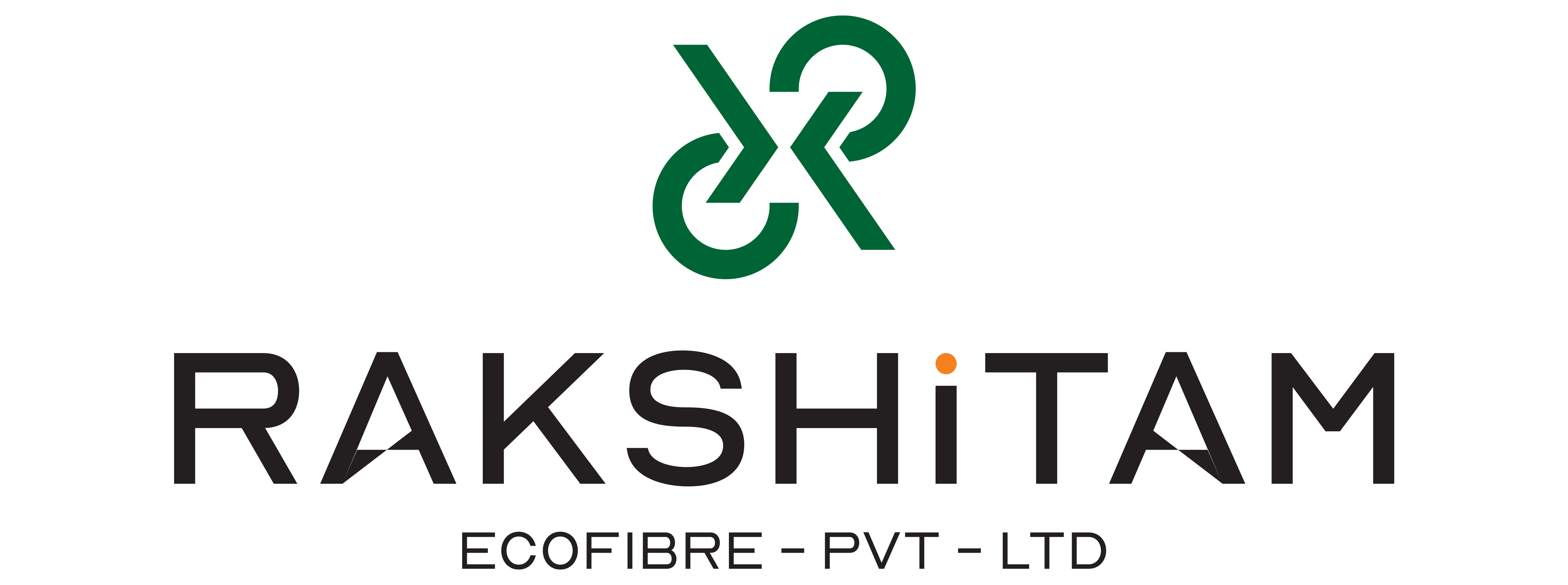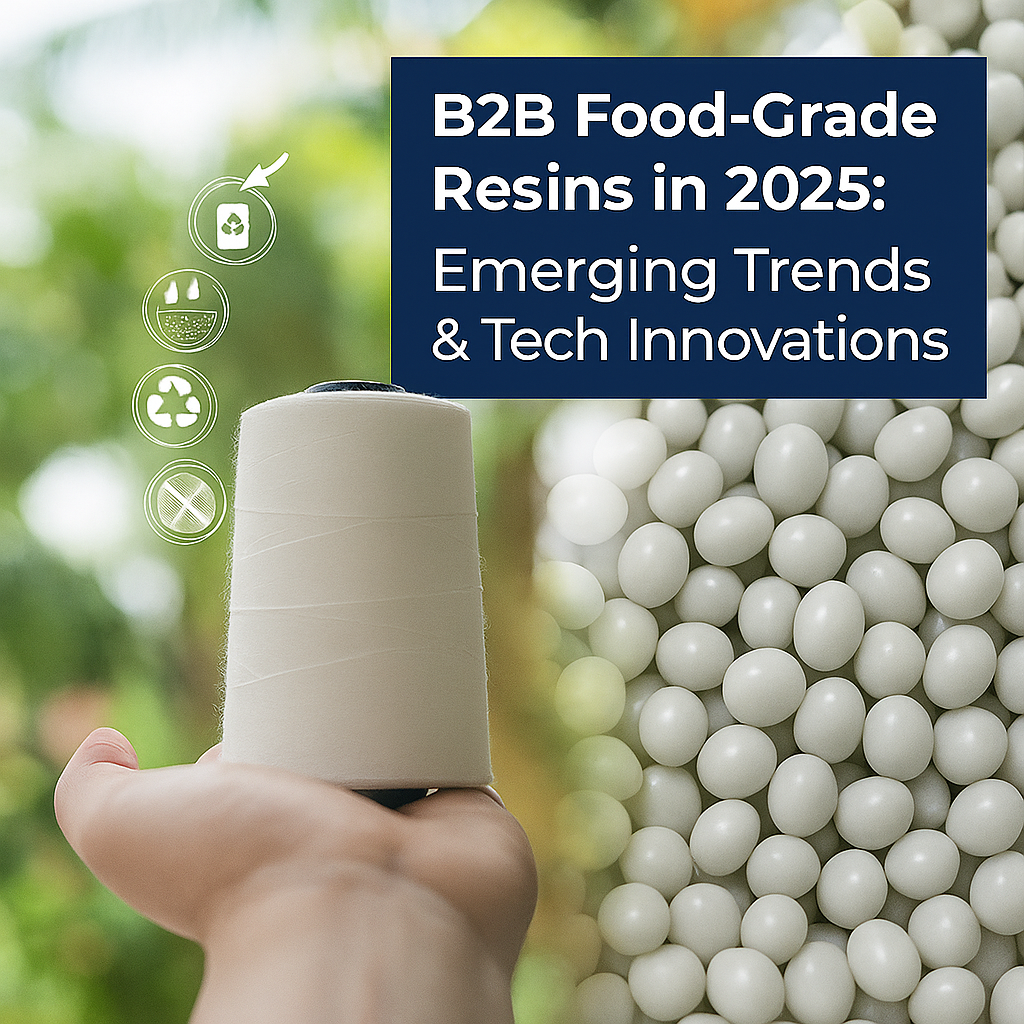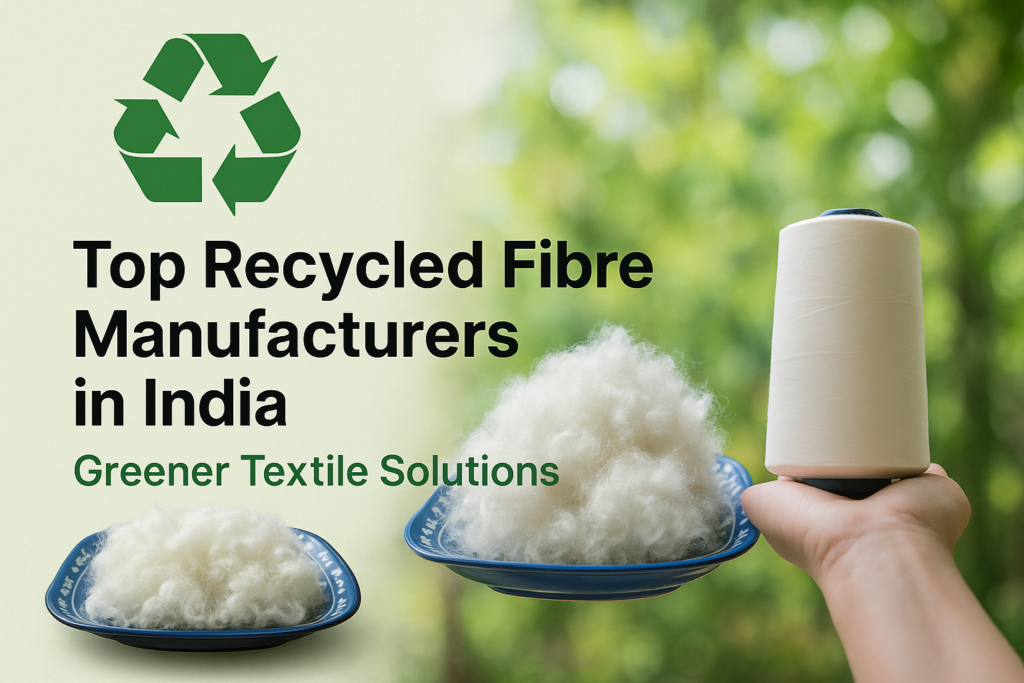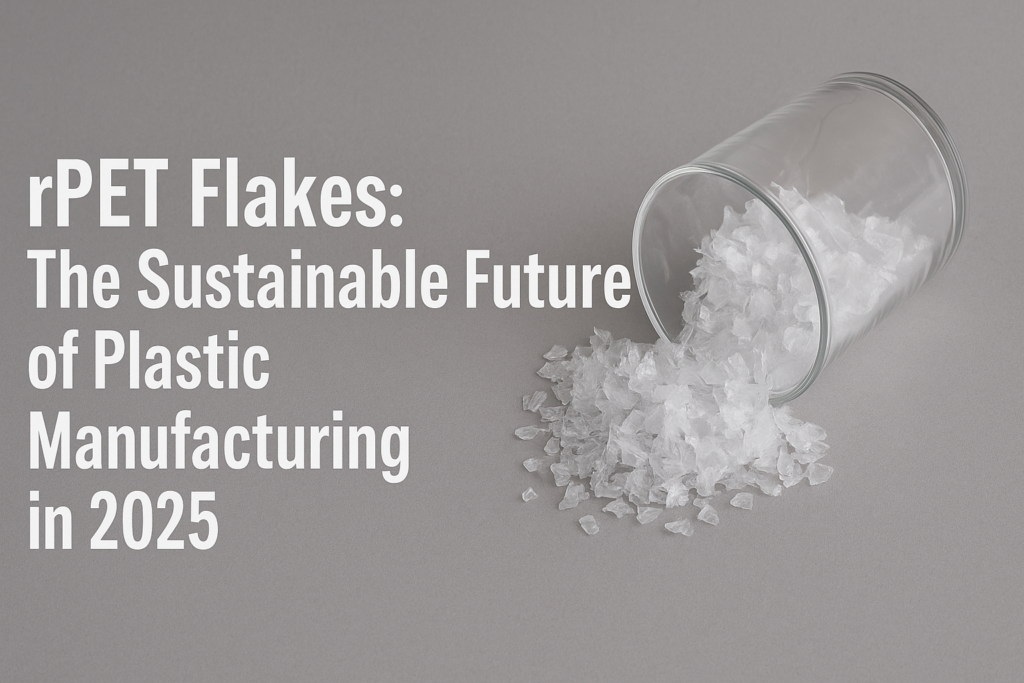As demand for greener practices grows, fashion brands and consumers keep turning a questioning eye toward the fabric-making world. Polyester, the synthetic fiber that fills closets and landfills alike, remains at the center of that debate. Made first from crude oil, the material has earned a bad rap for clinging to the planet for hundreds of years and for fueling carbon emissions. Yet newer production routes, along with smarter recycling programs, promise a friendlier path and bring the industry closer to a full-circle economy.
What Is a Circular Economy in Textiles?
A circular economy aspires to swap the old take-make-dispose model for one built around repair, return, and renewal. In apparel, that translates into products designed for easy reuse or recycling, raw materials grown or collected with care, and supply chains that lean on low energy at every stage. When polyester is made and circulated within those tighter loops, it can help turn the vision into everyday reality.
Greener Ways to Make Polyester
- Recycled PET (rPET) Polyester
A practical first step is to spin old PET bottles back into polyester. Using rPET cuts the need for new oil and slashes greenhouse-gas output. Each kilo of rPET saves roughly 60 percent of the energy needed for virgin fiber.
- Chemical Recycling Technologies
New lab processes now strip polyester down to its basic building blocks and then rebuild them into fresh yarn, all without losing strength. This fiber-to-fiber cycle shrinks the demand for fresh materials and keeps plastic from landfills.
- Bio-Based Polyester Alternatives
Start-ups are also brewing polyester from corn starch or sugarcane juice. These plant-fed plastics act like ordinary polyester but start life with a smaller carbon trail.
How It Supports a Circular Economy
- Reduces Waste and Landfill Pressure
Recycling post-consumer polyester and other plastics keeps used items out of crowded dumps and dirty ocean waters. Giving those materials a second life cuts pollution and stretches the lifespan of each fiber.
- Cuts Carbon Emissions
Turning old plastic into polyester uses much less energy than spinning virgin thread, so greenhouse gases drop sharply. When more brands choose these low-impact methods, their supply chains grow greener and the planet gets a breather.
- Conserves Natural Resources
Sourcing pellets from recycled scraps or plant-based feedstocks spares dwindling fossil fuels. That step moves fashion closer to an industry that bends rather than breaks its natural limits.
- Promotes Ethical and Responsible Fashion
Shoppers now seek out labels that are open about their impacts and eager to do better. Offering eco-minded polyester gives those labels a clear edge and meets the rising call for responsible style.
Challenges and the Way Forward
Even as greener polyester ideas gather steam, several hurdles still block their full rollout:
- Collection and recycling systems are patchy and underfunded.
- Making new sustainable fibers still costs more than mass-market polyester.
- There are no agreed global rules, so claims vary and trust suffers.
Working together, governments, brands, and everyday shoppers can speed change. Smart policies, better machines, and clear education are all essential.
Also Read: rPET Chips Transforming Recycled Plastic into the Materials of the Future
Conclusion
A truly circular fashion industry will rest on fresh ideas, shared duty, and steady resolve. Advancing polyester-from recycled bottles to plant-based fibers-is a vital move toward closing the loop and turning textiles from a major polluter into an ally for the planet.
As circular thinking spreads, one thing is clear: earth-friendly polyester is not just a fad but a path forward.







